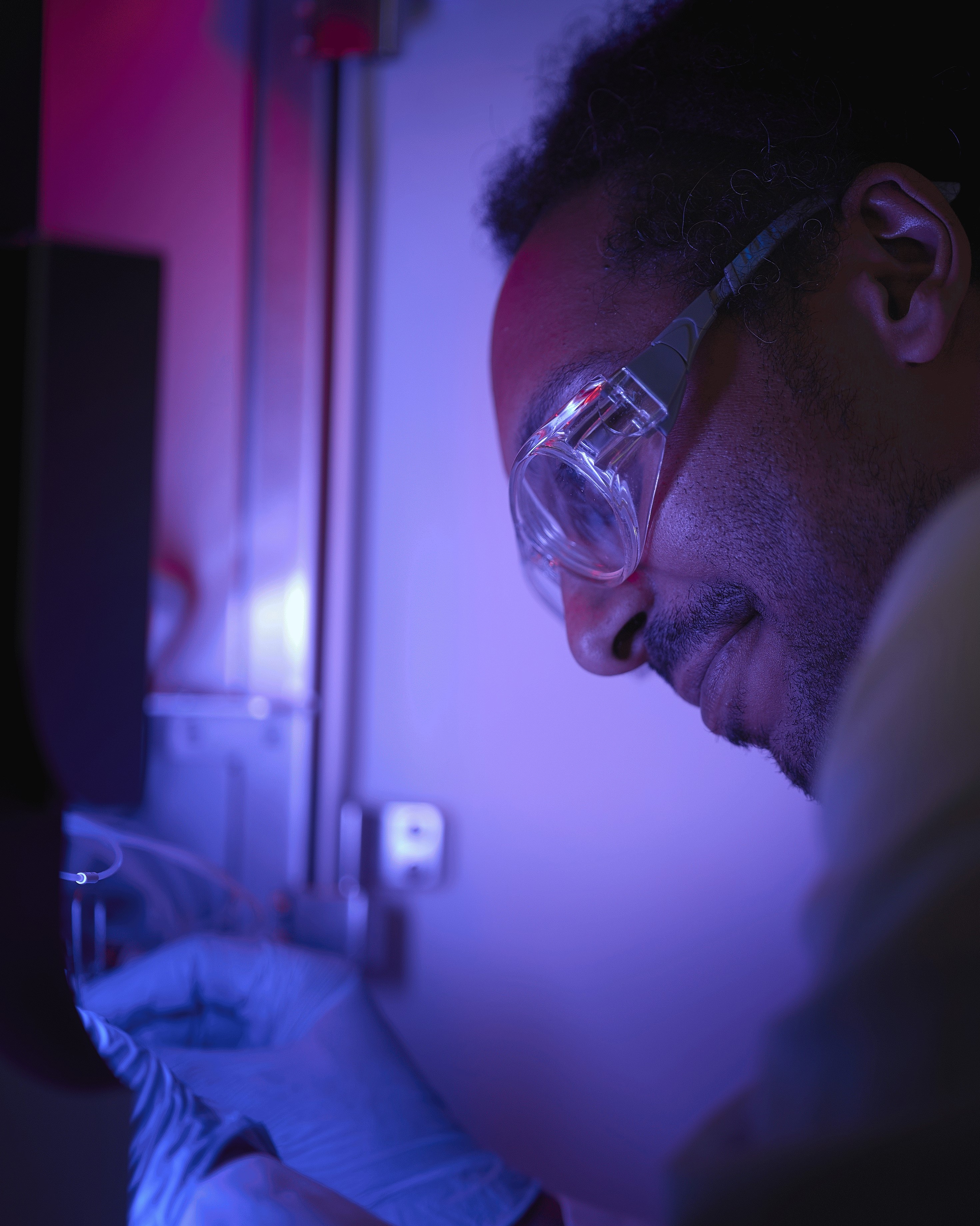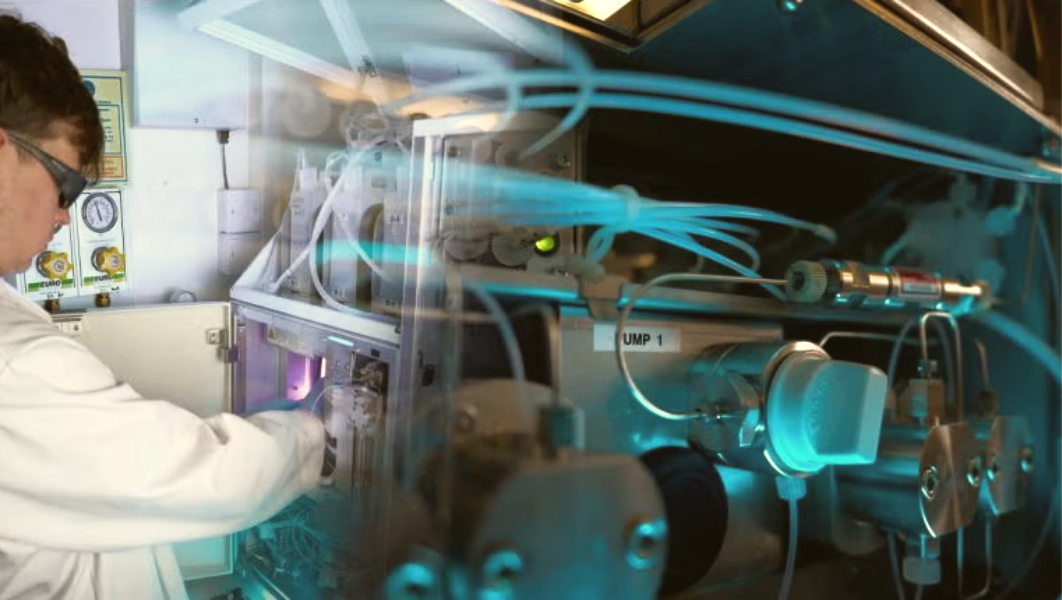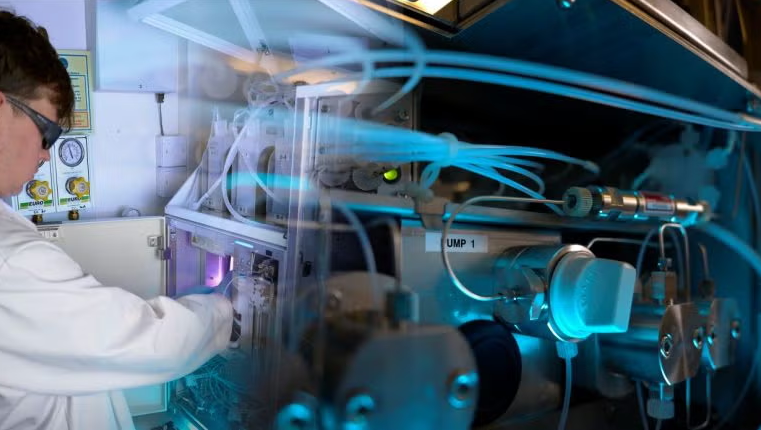Advanced Amino Acid Analyser Testing with HPLC/UPLC
As indicated on our Liquid Chromatography HPLC/UPLC page, we have a Hitachi LA8080 High-Speed Amino Acid Analyser, which is dedicated to Ninhydrin-Positive Substances (NPS) testing.
Accurate Identification and Quantitation of Amino Acids
Our dedicated Amino Acid Analyser testing service combines high-sensitivity HPLC with post-column ninhydrin derivatisation and Ph. Eur.-aligned methods to deliver accurate identification and quantification of ninhydrin-positive substances in amino acids. It is ideal for routine QC, stability testing and impurity profiling.
With this fully validated amino acid analysis platform, we support complete monograph testing where required, as well as the quantitation of the amino acids listed in the European Pharmacopoeia.
It complies with Ph. Eur 2.2.56 as designated in over 20 amino acid monographs. This instrument is also suitable for testing related substances in amino acids in accordance with JP requirements.
Using the capability of both protein hydrozylate and physiological fluid assay, our dedicated analyser has the capability of running comprehensive amino acid profiling, and we are excited to develop qantitiative methods supporting this capability

Why Choose an Amino Acid Analyser?
- Ninhydrin reacts with free amino groups (–NH₂) to produce a strong chromophore (Ruhemann’s purple).
- Allows selective detection of amino acids and related substances, distinguishing them from non-amino contaminants.
- The analyser provides reproducible quantitative results. Unlike methods such as HPLC with derivatisation or LC-MS, the classical amino acid analyser gives very stable, standardised retention times and robust peak integration.
Frequently Asked Questions
Our instrument and methods cover the amino acids specified in Ph. Eur. monographs that require ninhydrin derivatisation.
Provided we can perform the controlled acid hydrolysis detailed in the relevant monographs, the instrument can then quantify total amino acid content.
The main limitation is that detection relies on compounds reacting with ninhydrin. Substances lacking free amino groups or modified amino acids may not be detected effectively. Additionally, while the method is highly standardised and reproducible, it is less flexible than techniques such as LC-MS for novel or unusual analytes.


